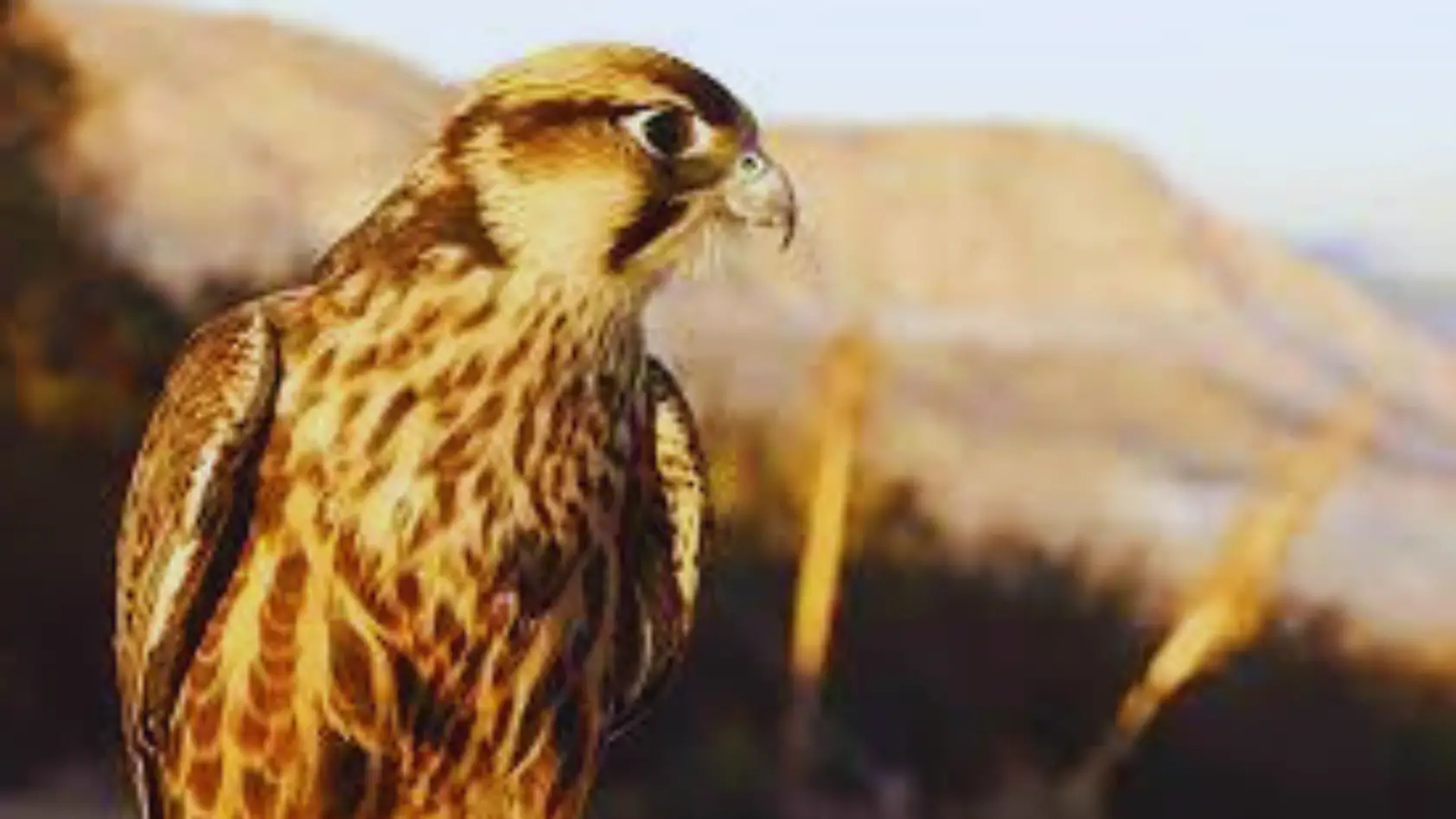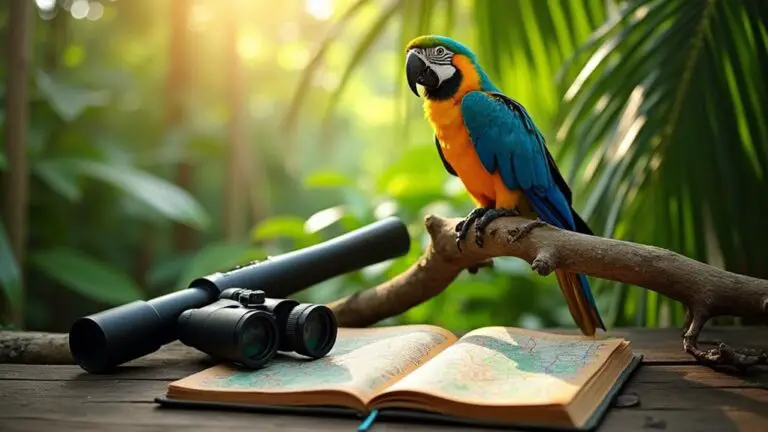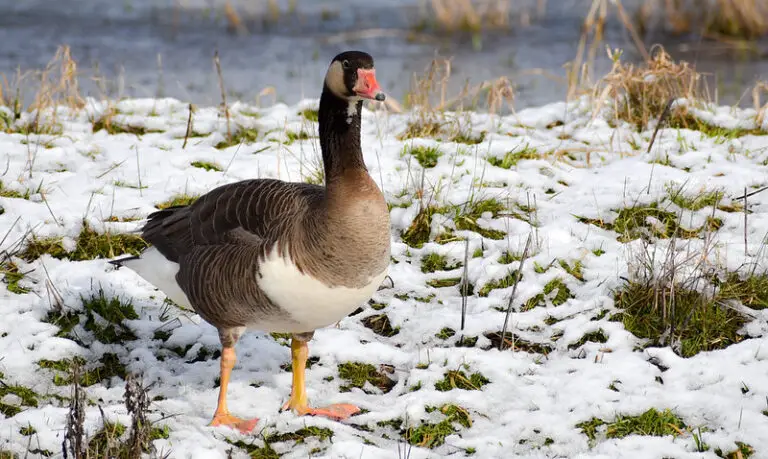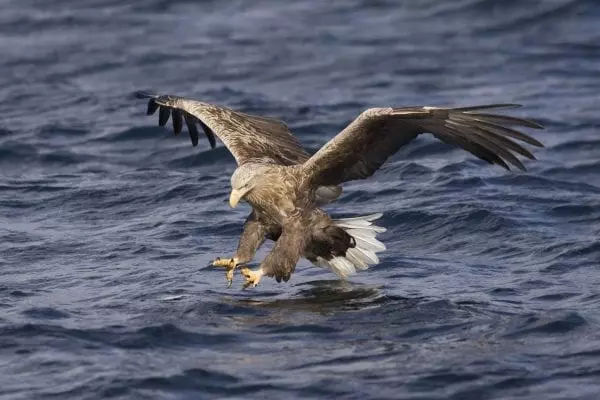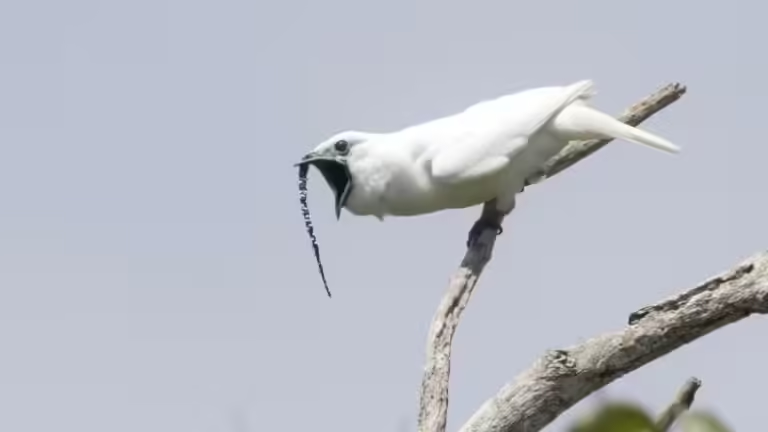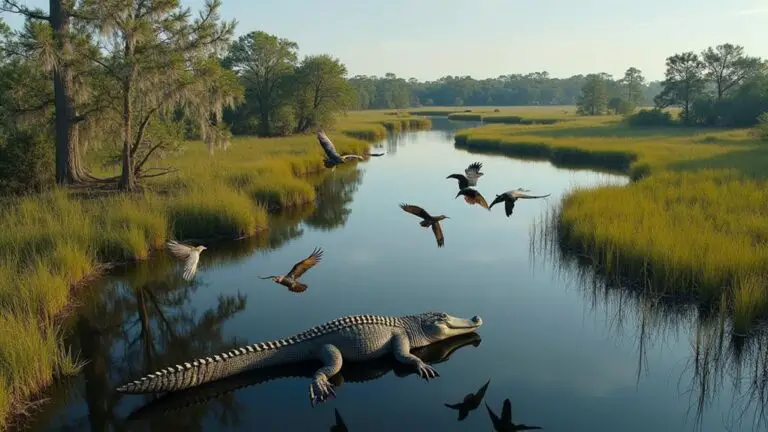San Diego, a jewel nestled in the heart of California, is a haven for bird lovers and falcon enthusiasts. Home to a wide variety of species, including some of the most fearsome birds of prey, San Diego offers endless opportunities for birdwatching in both urban and wild settings. This guide will take you on a journey through the fascinating world of the falcon species found in this region.
What are Falcons?
Falcons are diurnal birds of prey belonging to the family Falconidae. They are known for their exceptional hunting skills and remarkable speed during flight. With sharp talons and powerful beaks, falcons are top predators in the avian world.
Importance of Falcons in San Diego
Falcons play a crucial role in maintaining ecological balance in San Diego’s diverse ecosystems. As apex predators, they help regulate the population of their prey species, contributing to the health and stability of the local wildlife.
Types of Falcons – An Overview
The Majestic Peregrine Falcon: A Sight to Behold
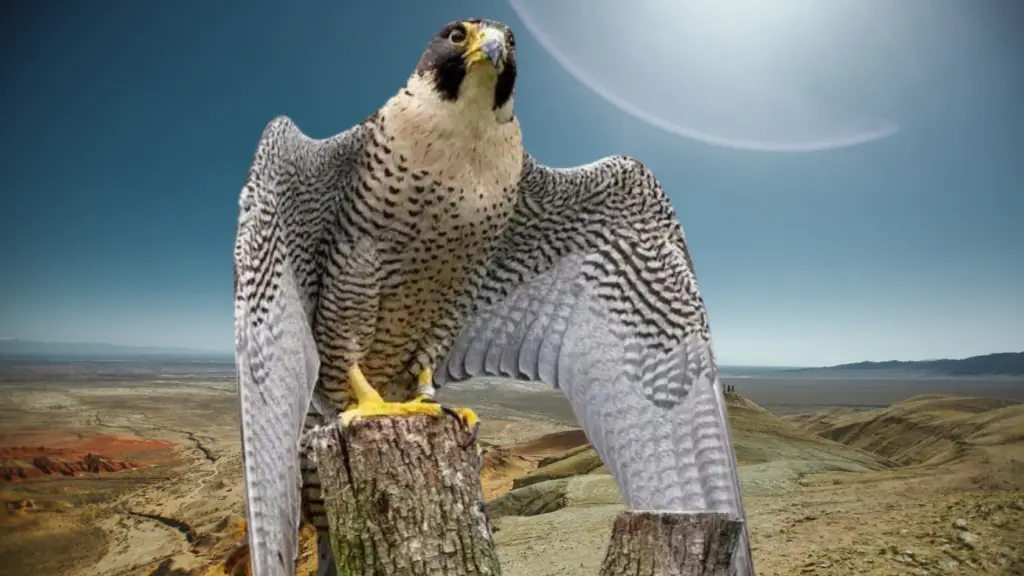
Don’t let the Peregrine Falcon’s size fool you. As one of the most widespread falcon species, this bird of prey is known for its fierce nature and incredible speed, reaching speeds of up to 200 mph while diving for prey. The Peregrine Falcon is easily recognized by its dark brown back, whitish belly with faint brown spots, and distinct “moustache” marking.
Peregrine Falcons can be found year-round in San Diego, perched on high cliffs or tall buildings. During the breeding season, you’ll likely spot a pair as they are monogamous and share parenting duties. They prefer to nest on vertical surfaces, such as cliffs or skyscrapers, where they have a wide view of their territory.
Prairie Falcon: The Bird of the Grasslands

Soaring over the expansive grasslands on the outskirts of San Diego, a medium-sized raptor with pointed wings and rusty brown plumage can be spotted hunting for its next meal. This formidable bird of prey is the Prairie Falcon, a fierce predator that makes its home year-round in the western United States and Mexico.
Unlike the migratory Peregrine Falcon, the Prairie Falcon does not migrate and can be found hunting in California throughout the year. It prefers open habitats like grasslands, meadows, and fields where it soars high above searching for its prey. When spying a target, the Prairie Falcon goes into a dramatic steep dive, reaching speeds over 100 mph as it plunges towards the ground to catch unsuspecting prey.
Ground squirrels and other small mammals make up the bulk of the Prairie Falcon’s diet. They also prey on smaller birds like doves and sparrows. The Prairie Falcon hunts most actively at dawn and dusk when small mammal and bird activity is at its peak. Its distinctive dark “armpit” markings are visible when viewed from below during flight. Females are noticeably larger than males.
Though widespread, the Prairie Falcon is considered a Species of Special Concern in California due to habitat loss and declining populations. As native grasslands are converted to agriculture and urban development, it puts pressure on this raptor’s hunting grounds. Installing nest boxes and protecting critical open habitats can help provide a future for these remarkable San Diego natives.
When spotted soaring over the open terrain, the Prairie Falcon gives us an opportunity to connect with the wild spirit of San Diego. This fierce falcon truly embodies the beauty and majesty of native birds of prey in California.
The Smallest Falcon: American Kestrel
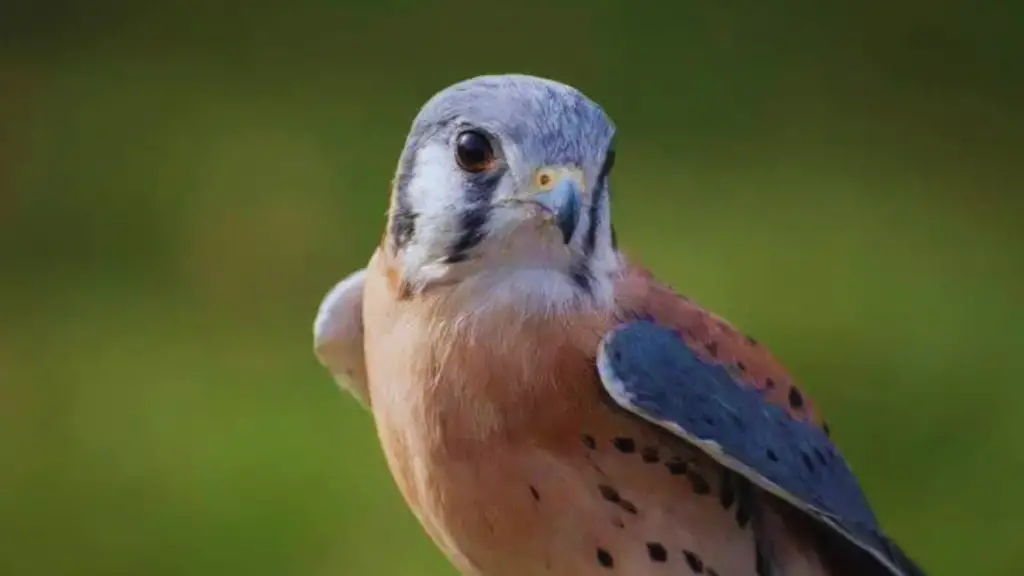
The American Kestrel is the smallest and most colorful falcon found throughout California. With its rusty reddish tail and wings, the male kestrel is an eye-catching sight as it perches on wires and poles overlooking open fields. The female American kestrel is also distinct with her brown streaked plumage. Though they may be tiny, American kestrels are fierce predators. Using their superb eyesight, they scan for prey while rapidly flapping their pointed wings to hover in place. Despite their small stature, measuring only 9-12 inches in length, these tiny raptors are mighty hunters.
The American kestrel prefers wide open habitats like meadows, grasslands, and wetlands. These environments allow them to easily spot insects and small mammals while hovering high above. With lightning fast reflexes, they swoop down to snatch up creatures like grasshoppers, voles, and mice for a tasty meal. Sometimes called the sparrow hawk due to their diminutive size, American kestrels will also hunt small birds. Though insects make up the majority of their diet in summer, they switch to more vertebrate prey like small rodents and songbirds during the winter months. Kestrels are clever birds, often stashing extra food away for later.
Though American kestrels thrive in urban and suburban areas, they face threats like habitat loss and pesticides. Kestrel numbers have declined by nearly 50% in some parts of North America over the last few decades. However, kestrels are still one of the most numerous falcons across California. Their ability to successfully adapt to man-made environments like parks, fields, and backyards has helped them maintain healthy populations. You can entice kestrels to stick around by installing nest boxes. Just make sure to keep cats indoors, as cats can severely impact kestrel fledglings.
While kestrels are California’s smallest falcons, the merlin represents a streaking pacesetter. Sleek and fast-flying, the merlin is built for speed. Merlins migrate through California in winter, breeding in Canada during summer. As they chase down prey at speeds of up to 40 mph, the merlin’s distinctive flight pattern and pointed wings make them easily recognizable. They pursue small songbirds with quick bursts of rapid flapping before seizing them mid-air with sharp talons. With an element of surprise, merlins emerge swiftly from perches to ambush unsuspecting birds. Their fierce hunting skills and aerial agility provide quite a sight.
The Smallest Falcon: Merlins
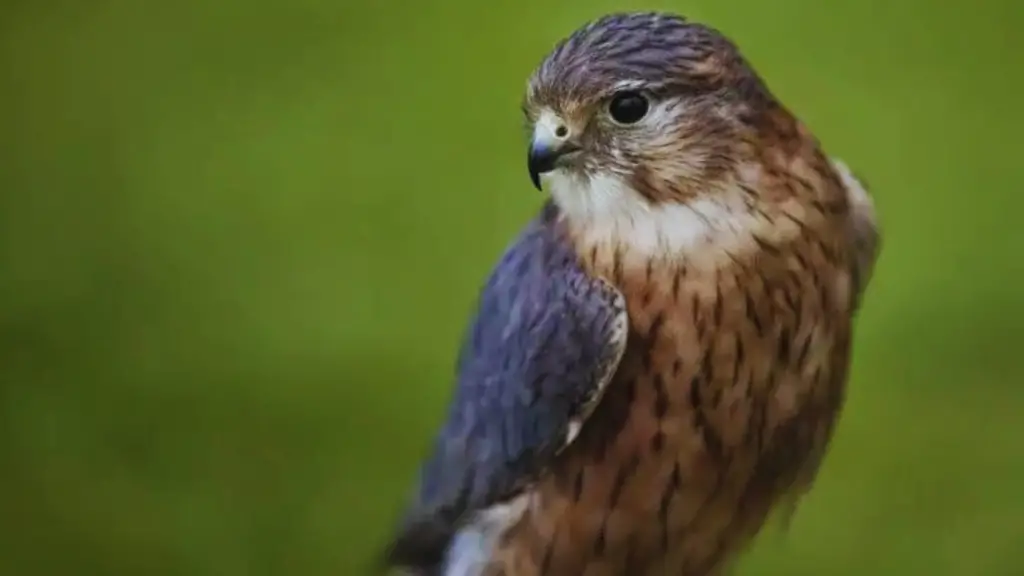
Merlins are small, fast falcons that breed in Canada and the northern U.S. They migrate south to areas like San Diego for the winter.
They can be seen in San Diego between October and March, especially along the coast and in open country. The best places to spot them are along Mission Bay, San Diego Bay, and the San Diego River valley.
Merlins don’t breed in San Diego. They return north in the spring to nest in forested areas, using old corvid nests and tree cavities.
While here, they often perch on low poles, wires, or fence posts as they scan for prey. Good birding spots to watch for them include Famosa Slough and the San Diego River Flood Control Channel.
Merlins feed primarily on small birds like sparrows, finches, and swallows. They surprise their prey using swift pursuit and rapid turns while flying.
San Diego represents the southern edge of the merlin’s winter range along the Pacific Coast. They are not found here in large numbers. Spotting one is a special treat for bird watchers.
They disappeared from many areas in the 20th century due to pesticide use and habitat loss. Merlin numbers have rebounded after DDT was banned and forests recovered.
While still considered a Species of Special Concern in California, merlin populations today appear stable. San Diego continues to provide important wintering grounds for this small falcon.
Observing Falcons in San Diego
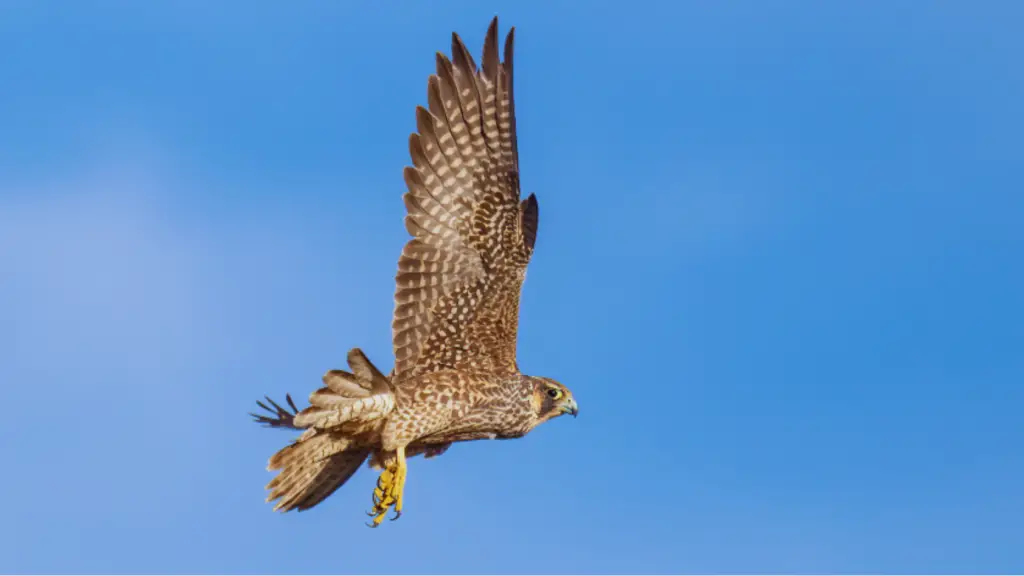
San Diego’s parks and coastal areas provide perfect spots for observing these majestic birds in their natural habitat. Whether it’s the speed of the Peregrine Falcon, the fierce hunting skills of the Prairie Falcon, or the colorful beauty of the American Kestrel or Merlin, San Diego offers a thrilling experience for bird enthusiasts.
San Diego is home to some of the most fascinating species of falcon on the planet. Whether you’re a seasoned bird watcher or a novice, we’ll take this opportunity to encourage you to explore and appreciate these magnificent creatures. After all, there’s nothing quite like seeing a falcon in flight, diving for prey, and soaring the skies of beautiful California. Happy birdwatching!
Best Places for Falcon Watching
San Diego offers several excellent locations for observing falcons in their natural habitat. Some of the best places include:
Torrey Pines State Natural Reserve
Located along the coastline, Torrey Pines State Natural Reserve provides a vantage point for observing falcons soaring over the ocean cliffs.
Mission Trails Regional Park
The diverse habitats of Mission Trails Regional Park offer opportunities to spot various falcon species, especially during their migratory seasons.
Tips for Bird Lovers Visiting San Diego
If you’re planning to visit San Diego for falcon watching, here are some essential tips to enhance your experience:
Bring Binoculars and Camera
Carry high-quality binoculars and a camera with a telephoto lens to get a close view of falcons without disturbing them.
Respect Wildlife and Their Habitat
Maintain a safe distance from falcons and their nests to avoid causing stress to these sensitive birds.
Falcon Conservation Efforts in San Diego
Organizations Working for Falcon Protection
San Diego is fortunate to have dedicated organizations and groups actively involved in falcon conservation. Some of the prominent ones include:
San Diego Audubon Society
The San Diego Audubon Society conducts various educational programs and conservation initiatives to protect falcons and other bird species.
The Peregrine Fund
The Peregrine Fund is an international organization committed to conserving raptors worldwide, including falcons.
Initiatives to Preserve Falcon Populations
Several ongoing initiatives are focused on preserving falcon populations in San Diego and beyond:
Nest Box Programs
Nest box programs have been successful in providing safe nesting sites for falcons, helping increase their breeding success.
Habitat Restoration
Efforts to restore and preserve falcon habitats are essential in ensuring their long-term survival.
Falcon Behavior and Characteristics
Hunting Patterns
Falcons are renowned for their unique hunting technique called “stooping.” They dive at tremendous speeds to capture their prey with precision.
Physical Traits of Falcons
Falcons have several physical adaptations that make them efficient hunters, including keen eyesight and powerful talons.
Falcons: Apex Predators of the Sky
How Falcons Dominate the Skies
Falcons’ aerial prowess and unmatched speed make them true masters of the sky.
Falcons’ Prey and Feeding Habits
Falcons primarily prey on small to medium-sized birds, which they capture mid-air during impressive aerial chases.
Falcons and Human Interaction
Falcons in Mythology and Culture
Falcons have played significant roles in various mythologies and cultural symbolism across civilizations.
Falconry: An Ancient Tradition
Falconry, the art of training falcons for hunting, has been practiced for centuries and continues to be a valued cultural heritage.
The Role of Falcons in Ecosystems
Falcon’s Impact on Local Wildlife
As apex predators, falcons play a crucial role in controlling prey populations, maintaining ecological balance.
Importance in Maintaining the Ecosystem
The presence of falcons helps regulate the health of ecosystems, preventing the overpopulation of certain species.
Falcon Migration Patterns
Seasonal Movements of Falcons
Falcons undertake seasonal migrations, often covering thousands of miles, in search of suitable breeding and feeding grounds.
Migration Routes and Challenges
The migration routes of falcons pose various challenges, including environmental hazards and changing landscapes.
Threats to Falcons in San Diego
Human-Related Threats
Falcons face various human-induced threats, such as habitat destruction, pollution, and illegal hunting.
Environmental Challenges
Environmental changes, including climate change and loss of natural habitats, pose significant risks to falcon populations.
Tips for Falcon Photography
Capturing Falcons in their Natural Habitat
Photographing falcons requires patience and skill, but the results can be truly rewarding.
Recommended Equipment and Settings
Investing in the right photography equipment and understanding camera settings is crucial for successful falcon photography.
Falcon-inspired Art and Literature
Falcons in Artworks and Literature
Falcons have been a subject of fascination for artists and writers throughout history, inspiring various works of art and literature.
Symbolism of Falcons in Different Cultures
The symbolic significance of falcons varies across cultures, representing attributes such as power, freedom, and divinity.
Falcon Research and Studies
Ongoing Research on Falcons
Scientists conduct extensive research on falcons to gain insights into their behavior, ecology, and conservation needs.
Contributions to Scientific Knowledge
Falcon studies contribute valuable information to the broader field of ornithology and wildlife conservation.
Falcons in San Diego FAQs
Which falcons in San Diego are the smallest?
American Kestrel. These are the smallest birds of prey in San Diego, California. They are between 8.7 and 1.3 inches long. The size of one is the same as that of a mourning dove.
Does San Diego have peregrine falcons?
Yes. By the end of the 1970s, peregrine falcons were back in the wild in San Diego after DDT was banned. Since then, both the number of breeding pairs and the number of birds that come for the winter have grown. At Point Loma and Torrey Pines State Reserve, you can see them.
What is San Diego’s biggest bird of prey?
So, that’s the golden eagle. Most hawks in San Diego are smaller than this bird. It’s between 72 and 86.6 inches wide and between 27.6 and 33.1 inches long. A grown-up can weigh up to 216 oz.

